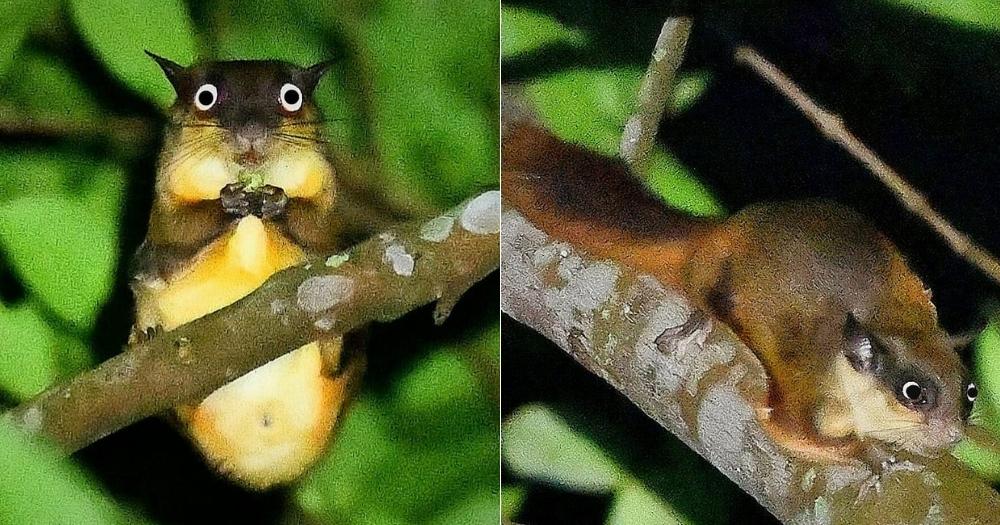Follow us on Telegram for the latest updates: https://t.me/mothershipsg
Photos of a really stunned-looking Horsfield's flying squirrel were posted online recently.
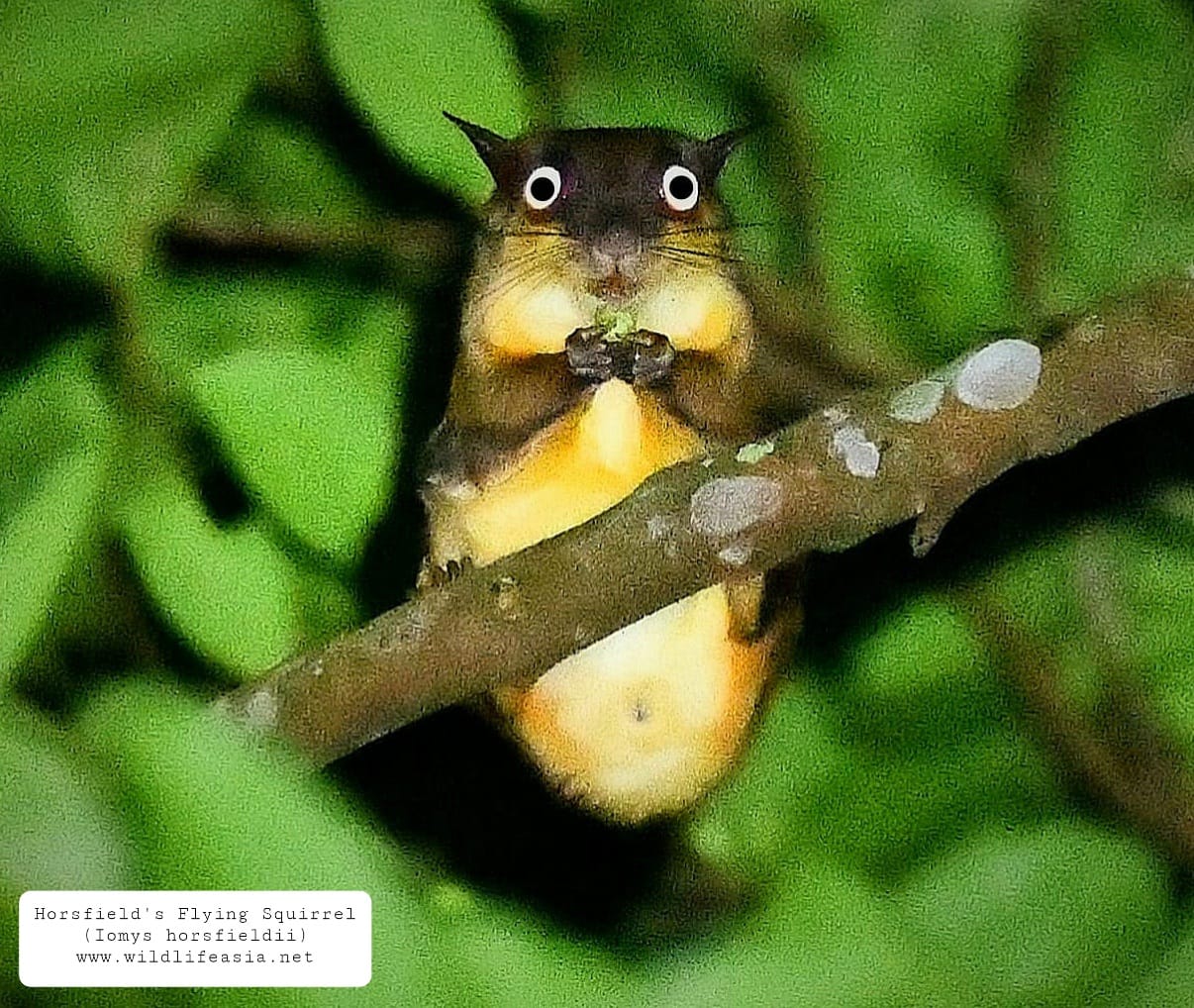 Image courtesy of John Lee.
Image courtesy of John Lee.
Looking for snakes and conducting paranormal research
The critter was sighted by John Lee, the founder of Wildlife Asia, who later shared his experience onto the Singapore Wildlife Sightings Facebook group.
Speaking to Mothership, Lee said that on the day of the sighting (Nov. 20), he was looking for snakes and also conducting paranormal research.
This was when he saw some flying lemurs, or colugos, which diverted his attention to another "flying creature" perched on the same tree.
Lee said he only realised that the mysterious creature was a Horsfield's flying squirrel, upon closer inspection with the help of his binoculars.
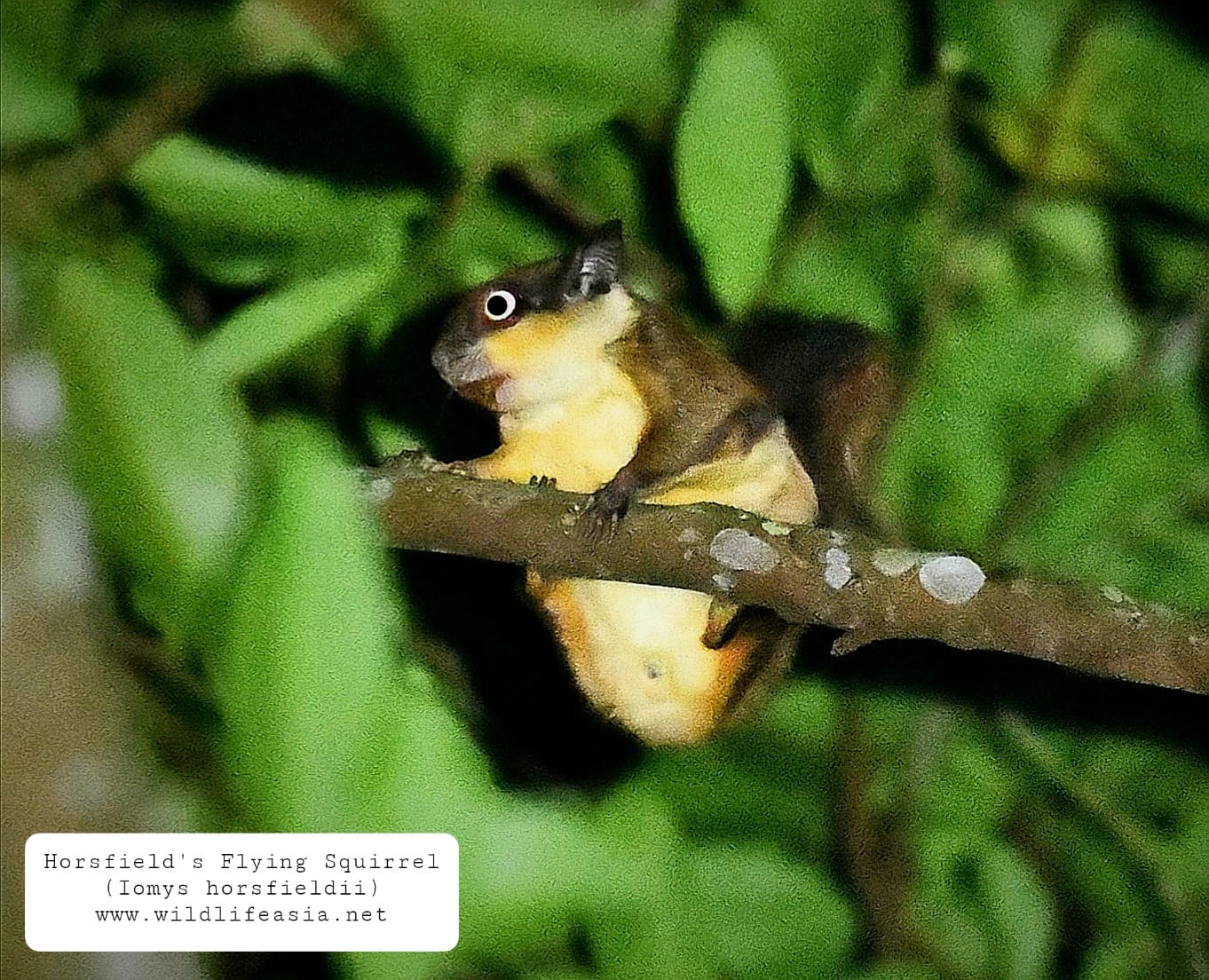 Image courtesy of John Lee.
Image courtesy of John Lee.
Despite having seen the squirrel before in previous years, Lee shared that the sighting still surprised him.
Why did it look so stunned?
Some commenters had asked if he had edited his photos by dotting the squirrel’s eyes with black circles.
Mothership understands from Lee that some edits were made after the photos were taken.
And the result? The squirrel’s stunned look that amused several commenters on Lee’s post.
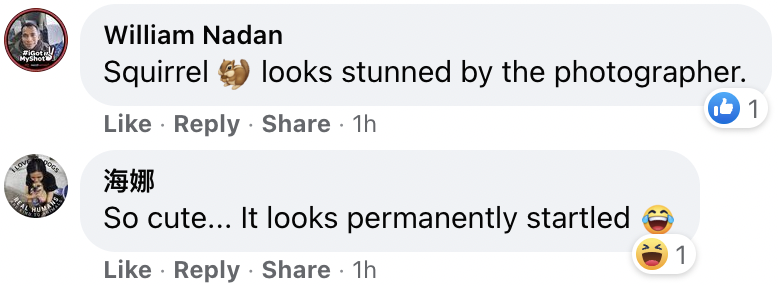 Image screenshot from Singapore Wildlife Sightings/Facebook.
Image screenshot from Singapore Wildlife Sightings/Facebook.
For reference, here's another photo of a Horsfield's flying squirrel sans black dots.
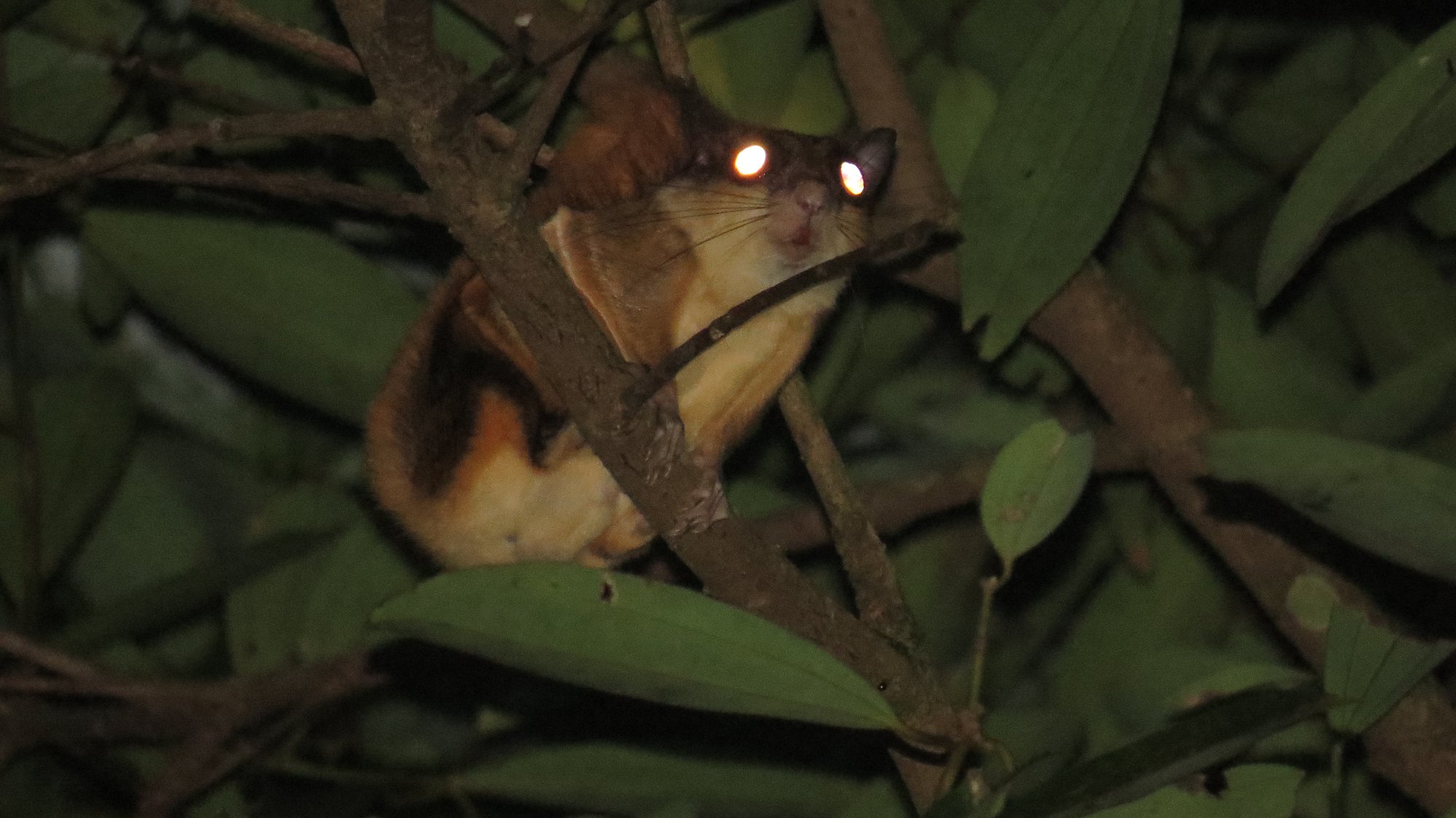 Image by Holly Siow from NParks/Facebook.
Image by Holly Siow from NParks/Facebook.
Here's another photo of the squirrel taken by Nick Baker:
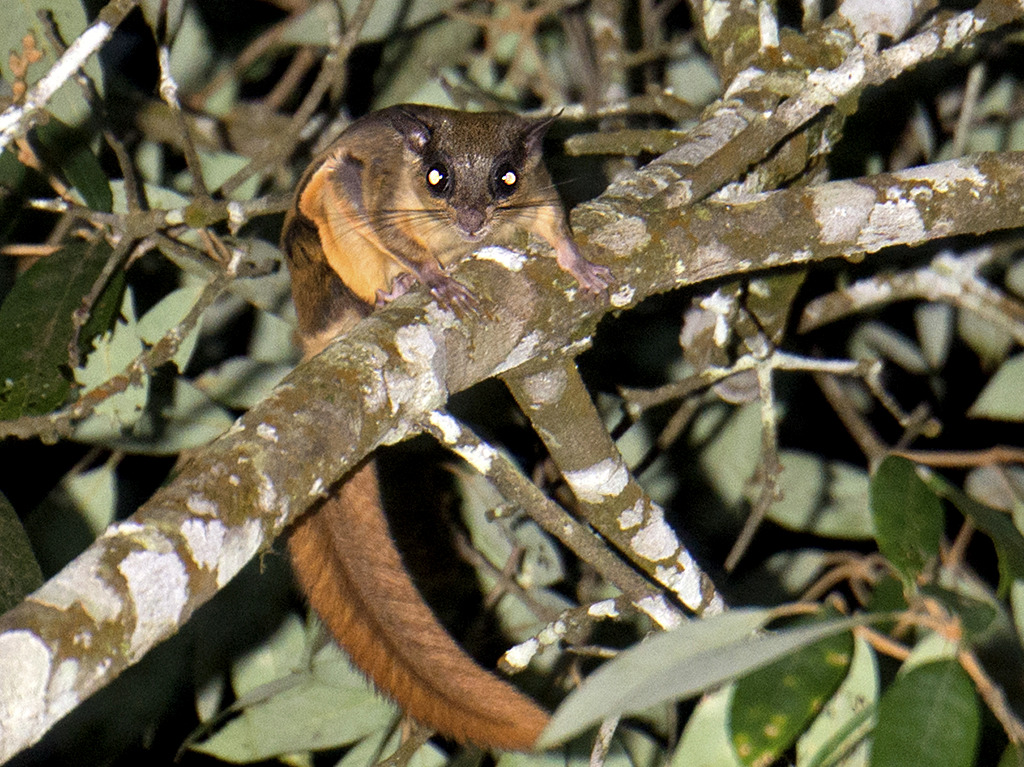 Photo courtesy of Nick Baker.
Photo courtesy of Nick Baker.
Recounting his encounter, Lee described the Horsfield's flying squirrel as "extremely elusive".
The creature hardly remained in one spot for long, and it kept "flying from one tree to another", which made the capturing a "good shot" opportunity rather difficult.
However, Lee said he was fortunate enough to capture a few photographs of the "hyper active" and moving squirrel.
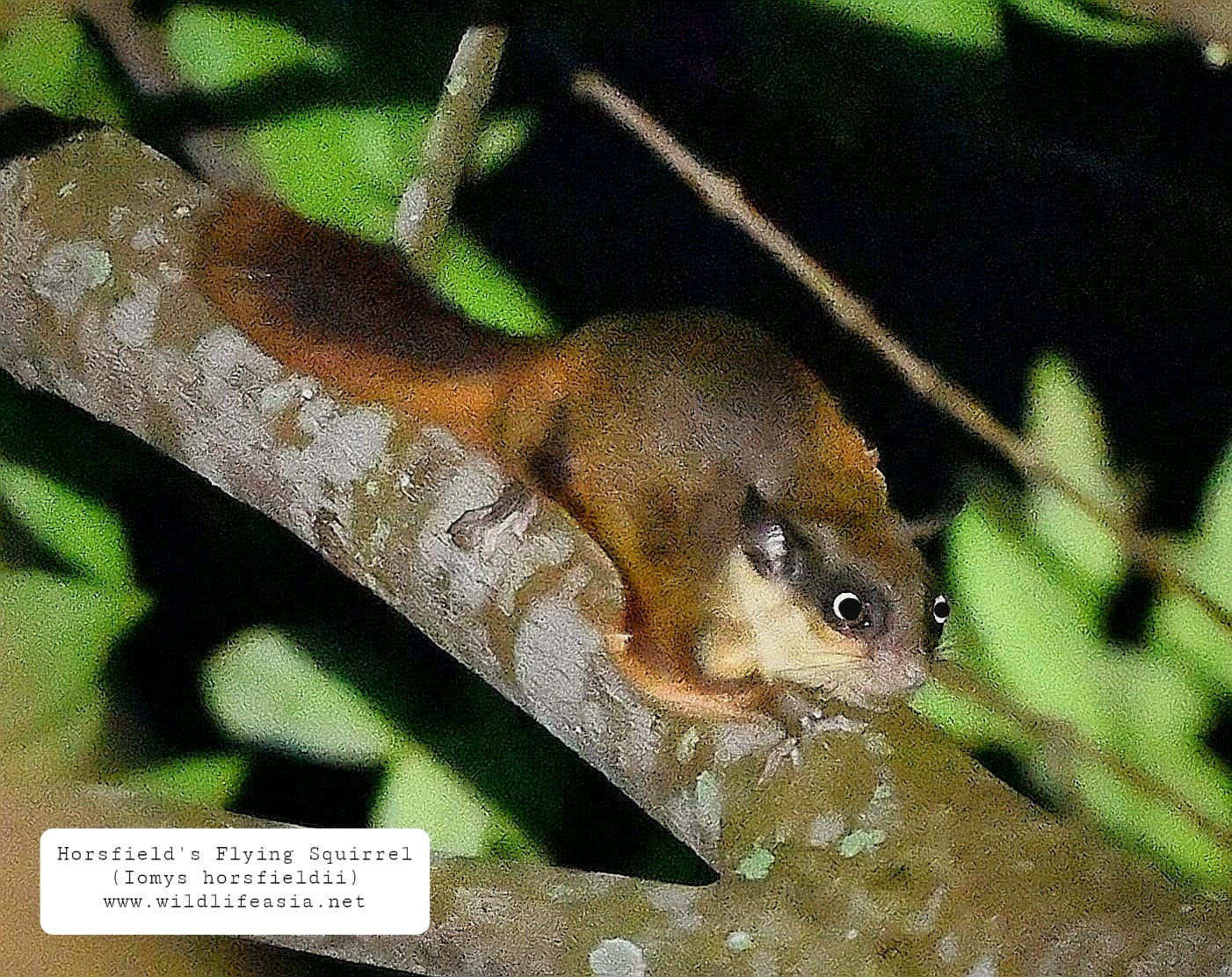 Image courtesy of John Lee.
Image courtesy of John Lee.
Fun fact: Horsfield's flying squirrels are nocturnal creatures, which means that they are most active once night falls.
In the day, these creatures can be found fast asleep in tree cavities, where they will only emerge to feed after dark.
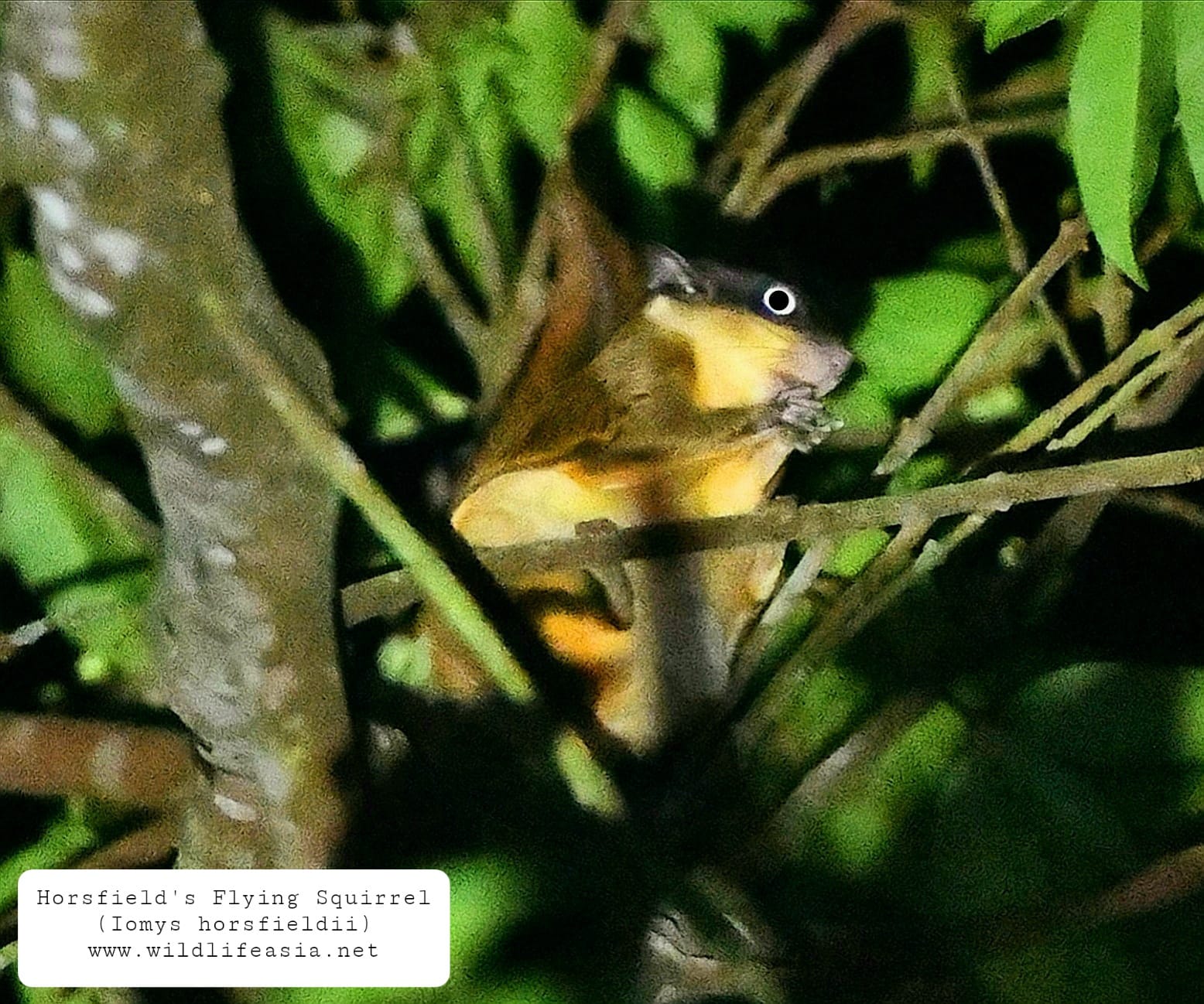 Image courtesy of John Lee.
Image courtesy of John Lee.
Absent for 70 years
The Horsfield's flying squirrel, or Iomis horsfieldii, is one of two flying squirrels that are native to Singapore.
The other being the Red-cheeked flying squirrel, or Hylopetes spadiceus.
There is a record of a third flying squirrel species, the Red giant flying squirrel, but it has not been seen since 1986, according to a 2013 paper.
Both flying squirrels are endangered and nationally threatened, this means there is a small number of them left in Singapore.
And they are extremely elusive — after its first sighting in 1925, the Horsfield's flying squirrel was absent for 70 long years before it was rediscovered in 1995.
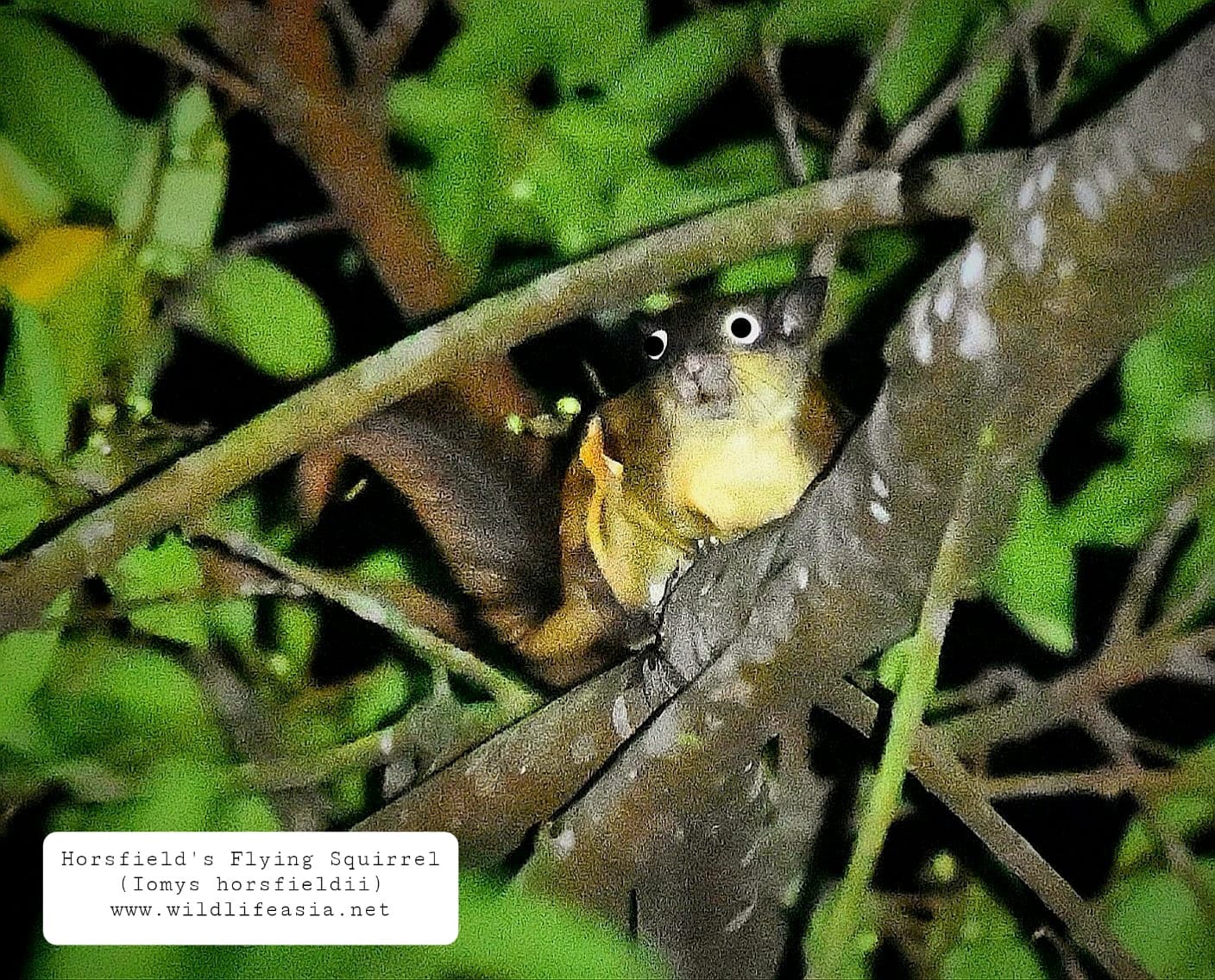 Image courtesy of John Lee.
Image courtesy of John Lee.
While it is a rare inhabitant in Singapore, the Horsfield’s flying squirrel is classified as "Least Concern" under the International Union for Conservation of Nature Red List of Threatened Species.
About the Horsfield's flying squirrel
Also known as the Javanese flying squirrel, the Horsfield’s flying squirrel can also be found in the primary and secondary forests in Indonesia and Malaysia, where it feeds on fruits and insects.
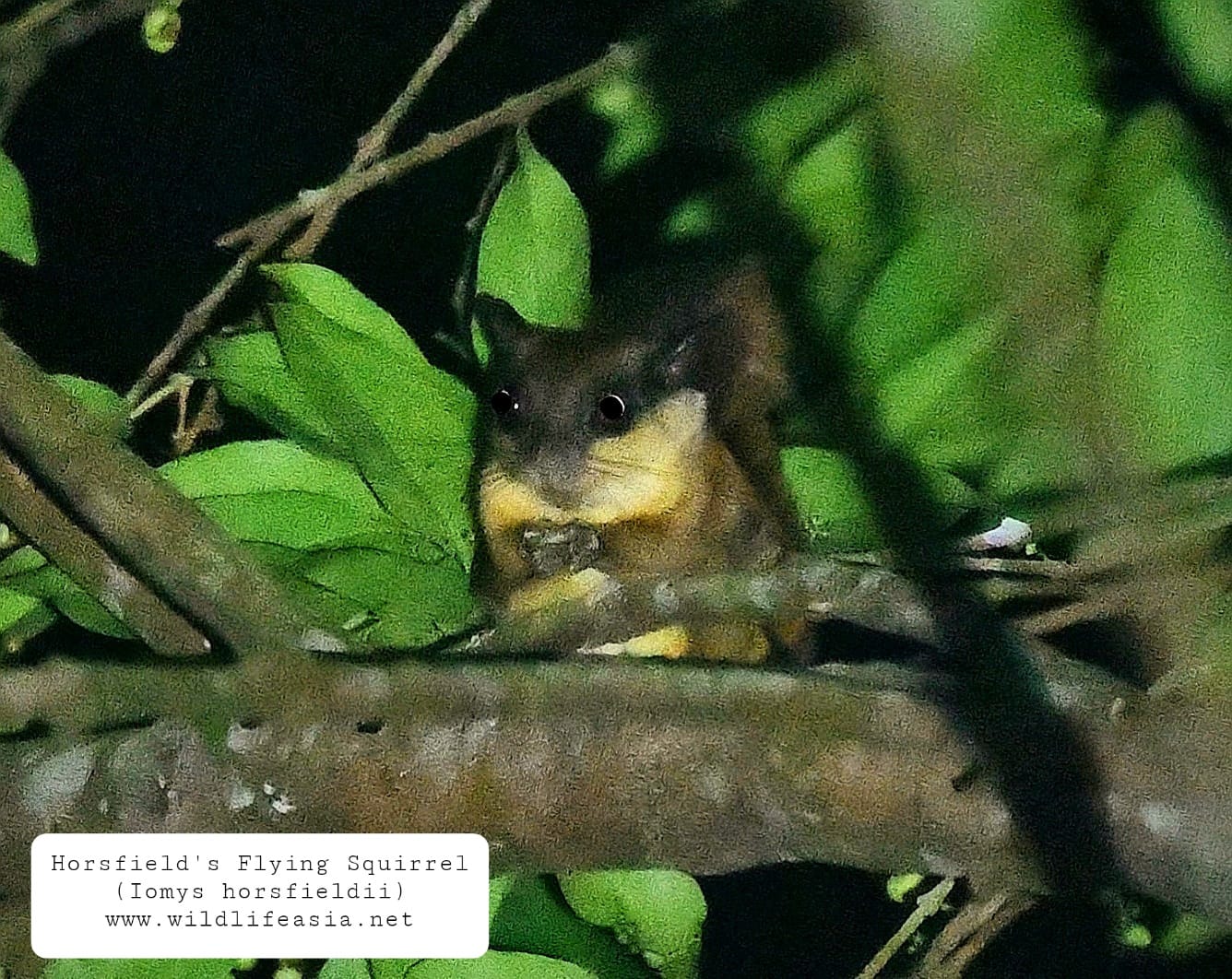 Image courtesy of John Lee.
Image courtesy of John Lee.
A medium-sized creature, the Horsfield’s flying squirrel's head-body can be as long as its tail, where the head-body spans between 16.5cm to 23cm, while the tail measures between 16cm to 20.7cm.
The squirrel is covered in brown to dark grey fur, with buff- or orange-tipped hairs on its upper parts, and orange-buff or whitish with orange edges on its lower parts
Unlike what its name suggests, flying squirrels do not fly, but glide instead.
To do this, the Horsfield’s flying squirrel has a gliding membrane with a distinct orange-rusty brown fringe.
The squirrel also has a distinct call that sounds like a barking dog.
Other squirrels in Singapore
Top image courtesy of John Lee
If you like what you read, follow us on Facebook, Instagram, Twitter and Telegram to get the latest updates.
